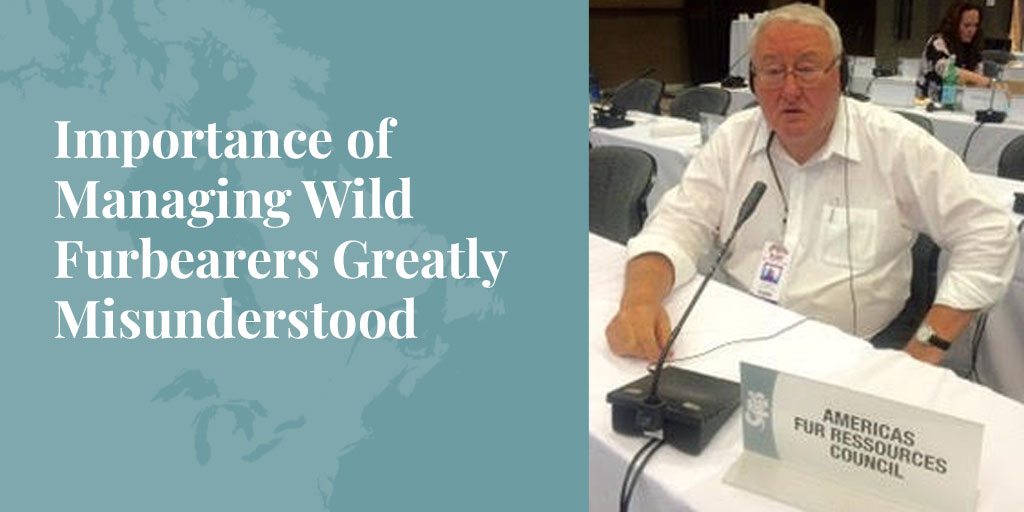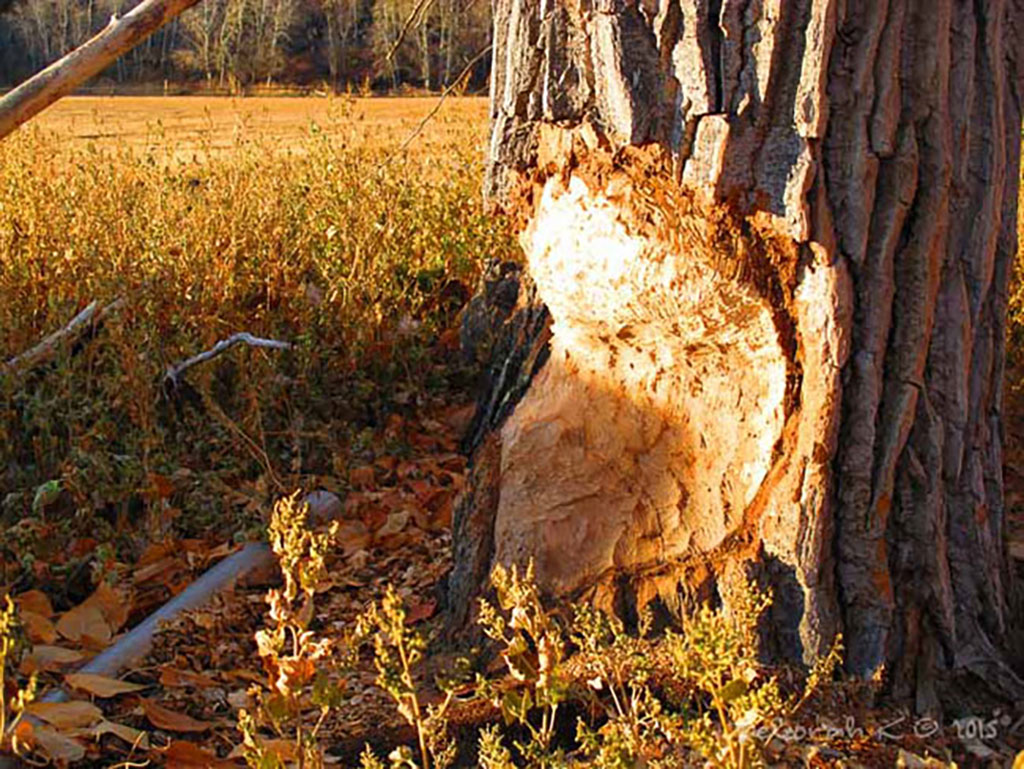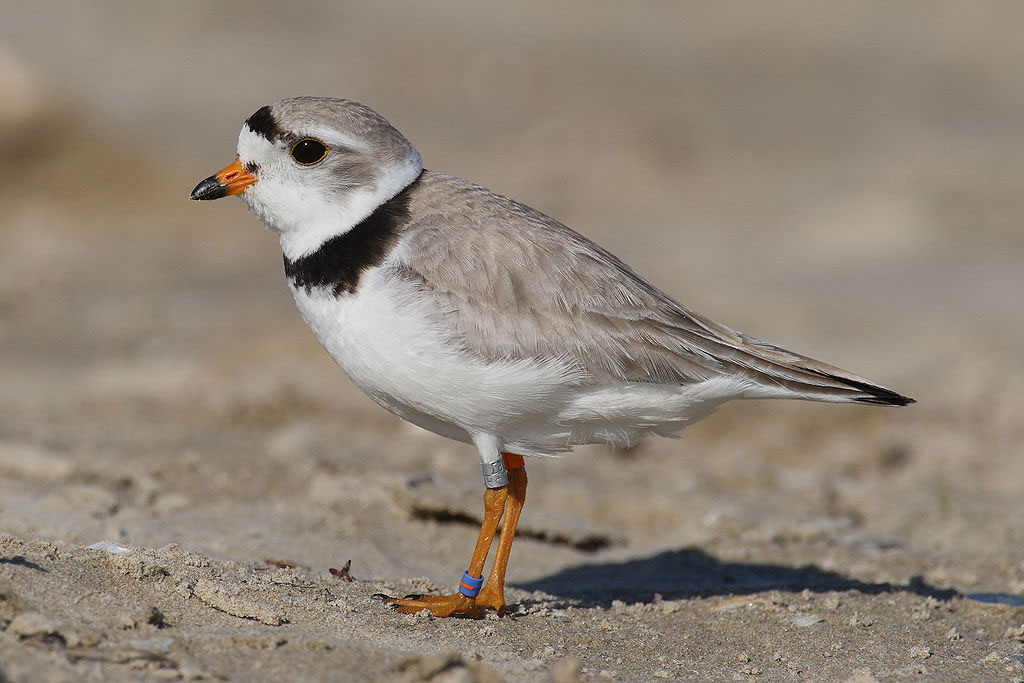
The fact that several high-profile clothing companies recently stopped using fur in the name of “sustainability” — not to speak of political bans on the sale of fur products in California — highlights the public confusion about the challenge of managing our wildlife resources at acceptable ecological and societal levels. The disconnect created by misinformed activist campaigns poses a huge and persistent challenge to professional wildlife biologists everywhere.
Few areas of wildlife management in North America are as challenging as furbearer management and the traps that are so critical to this management. No subject is more contentious or misunderstood than the need to manage our wild furbearers.
SEE ALSO: Humane trapping research program leads the world. Truth About Fur.
While we work from an extensive platform of experience and constantly evolving science, we know that we are but players in an emotional theatre on the large stage of public discourse. We very much need not only science and devotion, but also public understanding and support to conduct our work successfully.
The management of furbearers is an integral and critical thread in the finely woven and complicated tapestry of environmental management in North America. Trapping is critical to these efforts.
While, at times, a ban on the harvest of certain wildlife populations is appropriate, recently, more often than not, we have fallen victim to our successes and are forced to manage surpluses. There is no better role model of successful and sustainable wildlife management in North America than that of our furbearer resource.
SEE ALSO: Reasons we trap. Truth About Fur.
Cyclic Populations

All wildlife populations are naturally cyclic – they rise and fall over time, triggered by a variety of factors. The downside of that cycle isn’t pretty or humane – think mange, rabies, starvation, habitat destruction and increased prey populations.
Wildlife biologists in North America work diligently to manage all wildlife populations at ecological and socially acceptable levels. Wild furbearers are no exception. The public have little tolerance when these populations reach unacceptable levels. Think rabies transmitted by overpopulated raccoons. Or property flooded by hyper-active beavers.
The real question, then, at the heart of this challenge is not whether some furbearer populations must be managed, but whether excess animals are used for public benefit or left to rot in the wild. Pest control activity or natural mortality will dispose of them if they are not used for public benefit. But pest control will be at the tax-payers’ expense, while disease, starvation and predation, though natural, cannot be considered humane.
This is a zero sum game!
From Watershed Managers to Aquaculturists

The groups that rely on the stable and manageable levels of furbearers are extensive and economically impressive. Watershed managers, farmers, orchardists, park managers and the forestry industry are just a few that rely on population controls. Aquaculturists, for example, are predictably unforgiving of otter populations that consume their profits.
Certainly, no group has a more compelling need for control than biologists dealing with surplus populations that threaten their work. Plover restoration, for example, is a cogent example where numbers of predators like foxes and raccoons need to be carefully controlled at complemental levels. Even in predator research, high populations of furbearers like foxes and bobcats can become problems. Public health officials also look to biologists and traps when dealing with public health issues like rabies.
Increasingly, pet owners have become involved in this debate as well. There are towns and cities in the United States today where small dogs and cats can’t be left unattended outdoors lest they fall prey to hungry coyotes.
SEE ALSO: Will urban coyotes change the animal rights debate? Truth About Fur.
It is disheartening that we have been ineffective in making the wider public aware not only of our challenges, but also of the great opportunities for public benefit that wise and careful furbearer management provides. It is particularly disheartening when merchandising and fashion executives, unaware of the opportunities these resource programs offer, ditch wild fur in favor of petroleum-based synthetics (aka: plastics).
Claiming recognition for environmental vision by rejecting wild fur would be comic if it weren’t so tragic and illogical.
It’s even tougher to watch that lack of awareness exploited by animal rights activists. The exploitation of corporate ignorance is maddening and enormously disappointing to professional biologists. The history of wildlife management is littered with the unintended consequences of emotionally driven management initiatives.
One must wonder, is single species’ advocacy one of ignorance or arrogance? Is it possible to be so fanatical in pursuit of one species, one suite of species, or a critical device (traps), that advocates are blinded to the ecological niche that these animals have in the complex ecosystem?
Claiming recognition for environmental vision by banning wild fur would be comic if it weren’t so tragic and illogical.
In Search of a Common Language
The United States and Canadian governments, in recognition of the importance of this issue, have appropriated millions of dollars to establish humane standards for these critical programs. Numerous states and the Canadian provinces and territories have invested similarly. The evolving improvement to international humane standards in foothold traps is evidence of the success of this effort. This joint Federal/State research effort, enhanced with the on-going information sharing between the US and Canada, is often cited as one of the largest wildlife research efforts ever undertaken in North America.
Perhaps someday all of us who love animals (all of us in these debates certainly do) may find a common language in this discourse and reach a level of rapprochement that will allow for mutual respect – not only for one another, but also for our wildlife resources.
***
To learn more about donating to Truth About Fur, click here.










